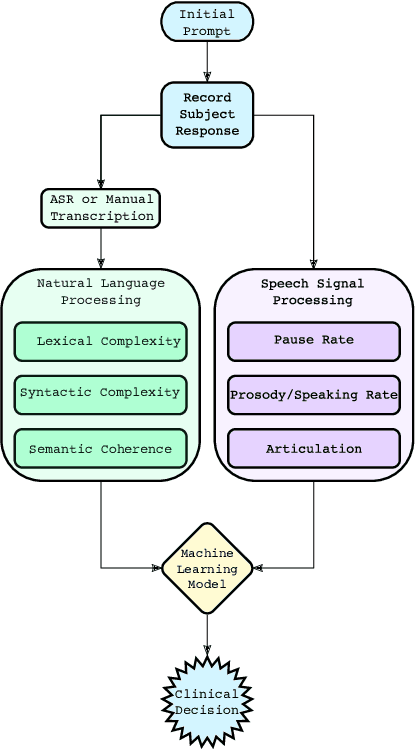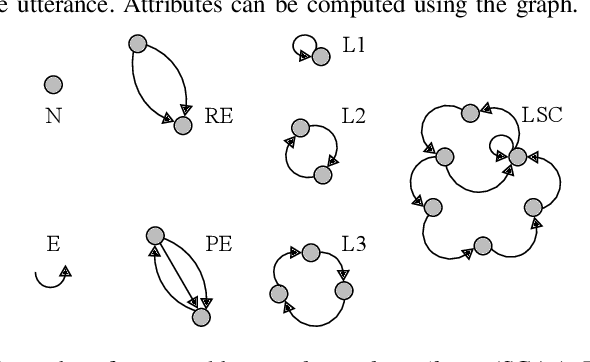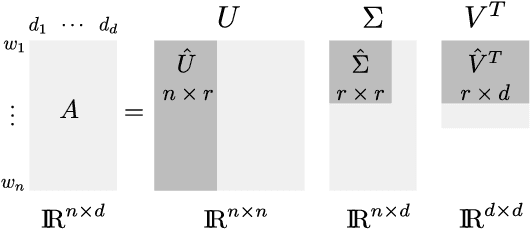A Review of Language and Speech Features for Cognitive-Linguistic Assessment
Paper and Code
Jun 04, 2019



It is widely accepted that information derived from analyzing speech (the acoustic signal) and language production (words and sentences) serves as a useful window into the health of an individual's cognitive ability. In fact, most neuropsychological batteries used in cognitive assessment have a component related to speech and language where clinicians elicit speech from patients for subjective evaluation across a broad set of dimensions. With advances in speech signal processing and natural language processing, there has been recent interest in developing tools to detect more subtle changes in cognitive-linguistic function. This work relies on extracting a set of features from recorded and transcribed speech for objective assessments of cognition, early diagnosis of neurological disease, and objective tracking of disease after diagnosis. In this paper we provide a review of existing speech and language features used in this domain, discuss their clinical application, and highlight their advantages and disadvantages. Broadly speaking, the review is split into two categories: language features based on natural language processing and speech features based on speech signal processing. Within each category, we consider features that aim to measure complementary dimensions of cognitive-linguistics, including language diversity, syntactic complexity, semantic coherence, and timing. We conclude the review with a proposal of new research directions to further advance the field.
 Add to Chrome
Add to Chrome Add to Firefox
Add to Firefox Add to Edge
Add to Edge